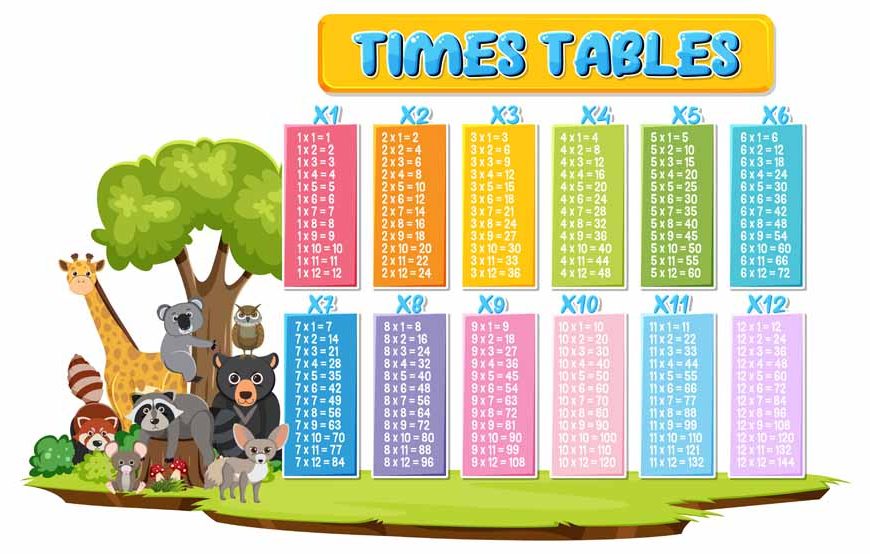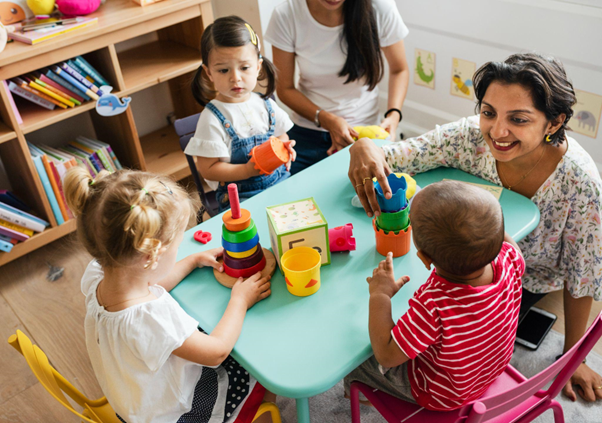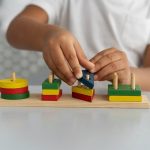Times tables or multiplication tables seem easy once we already know them but they can inspire the fear of God in many children. Multiplication tables can be difficult to introduce to children as till now they have been probably using actual objects to help them with addition and subtraction. Multiplication is the first skill in Maths where children have to deal with abstract numbers. Parents are always wondering if there is any way of making the learning of times tables fun. It is an essential skill that children must learn and this makes it important for parents to find ways to make it fun while learning. We have some highly effective tips especially for you on how to learn tables easily and make it fun.
However daunting a task it may seem, the fact is that after the initial hiccups learning times tables gets much easier. Times tables are something that every child has to commit to memory and eventually master them. They need to be able to recall any time tables and answer within a second or two which means there is no time for counting up to the answer. However unfair it may sound for a child, number fluency is the basic foundation required for any child .
The Order Kids Should Learn Times Tables In
- Always start with the easy tables first which are the 2x, 5x and 10x times tables.
- The 10x tables are the easiest as just a 0 has to be added after the number. The 2x tables are simple because of doubling even numbers and are simple to recite as well — 2, 4, 6, 8. . . And the 5x tables become easier because of knowing the 10x tables and because we have 5 fingers. Tell them that with the 10x table all numbers end in 0 and in the 5x table all the numbers end in 5 or 0.
- Usually the 4x, 9x tables are considered to be the easiest to learn after this. The 4x tables are double of the 2x tables and there are a few shortcuts to learn the 9x tables.
- After this kids could learn the 3x tables followed by the 6x tables. Then come the 8x and 7x tables which are usually considered difficult.
Times Tables and Language
There are several ways of learning tables fast and none of them are wrong but it really helps if you stick to the language your child uses at school. Any of the below can be used but be careful not to confuse your child.
- three multiplied by
- three times eight is . . .
- three eights are . .
- three lots of four are . .
How To Remember Tables Easily
- Minimise confusion by sticking to one table at a time.
- Start with reciting them and writing them out slowly in order.
- Then move on to completing the answers quickly either by writing or verbally in order.
- Then, move on to completing the answers in any order.
- Reminding your child that 5 x 4 is the same as 4 x 5 as it effectively reduces the number of table facts by half.
- Emphasise that each table has a square number 2×2, 6×6 etc and these are special ‘foot holds’ that can act as a memory hook.
- You can create other memory hooks as you come across them “5 x 7 = 35 that’s daddy’s age”, “3 x 4 = 12 that’s our house number.”
- You can try introducing some games and tricks to speed up recalling tables.
Tricks to Learn Tables Quickly
- The times tables of 2, 4 and 8 are doubles of each other and so have many common answers — 2×8=16, 4×4=16, 8×2=16
- The 9x tables can use the 10x tables and work back or compensate – so for 9×4, think ( 10 x 4) – 4 = 36. Also point out to them that the digits in the answer always add up to 9.
- The 3 and 6 times table can be a bit tricky so might require more time. Start with the 3s and then do the 6s.
- The 7x tables are hard but once all the other tables are done you will find you have covered most of the 7s already.
- 7×8=56 is by far the toughest but make a big deal about it and your child will never forget it.
Mastering the Times Tables
Once your child has learned the times tables the next stage involves being able to recall them in random order in about 3 seconds.
Hang up a times table sheet
This is an old but very easy method to learn tables. Hang up a times table sheet where your child will see it regularly like next to the computer or on their bedroom door. Set a regular time to sit down with your child and have a casual run through of a particular set of times tables. The more often they see and practise their times tables, the better will be their mastery over them.
Play Some Fun Number Songs
Catchy music is one of the most effective ways to help kids master the times tables. There are several clever and fun parodies of pop numbers to teach kids their times tables.
Stage a Multiplication War
There’s a great card game that makes learning times tables really easy and fun. Two players draw a card from a deck and flip their cards over. The first person to correctly give the answer of the 2 cards multiplied together gets to put the cards among their winnings. For example, if a 4 of spades and a 8 of hearts are flipped over, the first person who says 32 gets to keep the 2 cards. Whoever has the most cards in their winning pile is the winner.
Draw a Waldorf Multiplication Flower
This especially works well for creative kids. Children first draw the centre of the flower and write a number between 2 to 12 in it. They then draw 12 petals around the centre and each petal has a number from 1 through 12 written in it. Finally, they draw another set of 12 petals in which they write the total centre number multiplied by each petal in the inner circle.
Quiz Them Regularly
Once your child has learnt their times tables, you can keep quizzing them for practice when they are not doing anything. You could also allocate a specific time to quiz them rather than suddenly springing it on them as some kids might find that stressful.
Reward their efforts
When encouraging children to learn the times tables, you could motivate them with a little reward. Don’t just reward them for getting the answers right, also reward them if you see they have been trying hard.
Recite the Times Tables Forwards and Backwards
Once your child has finished learning their times tables, ask them to read them aloud both forwards and backwards. They can then work in pairs to practise reciting the multiplication tables to one another.
Practise Skip-Counting
Skip-counting is also an easy method to learn tables. You start with the number you’re counting by, and then continue to add that same number. Skip-counting by 4 would be 4, 8, 12, 16 etc. Skip-counting by 3 would be 3, 6, 9, 12 etc.
These tips on how to learn tables easily will definitely make things simpler and more fun for your kid. Mathematical skills are not something they should be scared of and the EuroKids website will give you tips on how to learn tables fast and efficiently.














